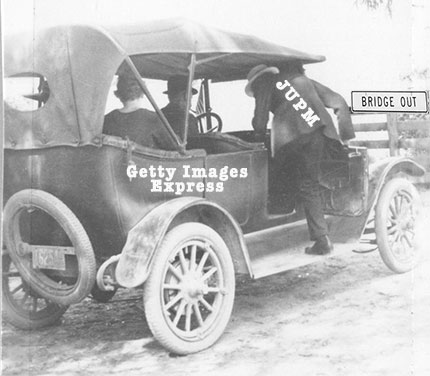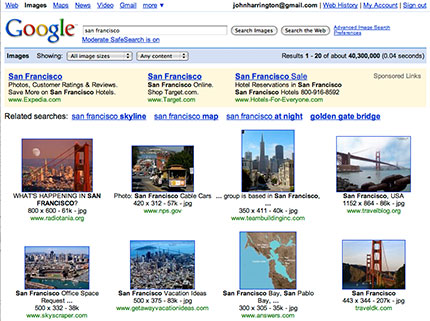Staff Photography - Disney Style
Staff photography, in some arenas, still exists. A search on Monster.com reveals a few positions that are open, but most are filled by word-of-mouth. The Office of Personnel Management is responsible for filling jobs within the Federal Government nationwide, and every state government has various staff photography jobs for a variety of reasons. Then there are those jobs working for catalog companies for furniture, clothing companies, and so on. Yes, some of those jobs are done by freelancers, especially the on-location stuff, but often, the clothing-on-white-seamless images are done in-house. By and large, these staff jobs are safe from cuts, especially those for the government.
While I have had the opportunity to have Disney as a client in the past, they have staff photographers at their resorts, and in a series of commercials they are running, use the job of photographer to sell the notion of a Disney vacation, under their new tag line - "What Will You Celebrate?" In fact, over a series of three commercials, lasting a minute each, they tell the story throughout a television program, within their theme "Short Stories".
Below, the three commercials are strung together, and worth a watch:
Interestingly enough, the value of photography - and the memories made with still images - is front and center throughout the pieces. So, what does Disney charge for these services?
If you are having your wedding at Disney, here are their wedding photography rates. These rates are fair and reasonable when you consider the brand value of Disney, as well as the fact that you know you will get excellent photography, and an amazing setting as your backdrop. For these photographers, it is, no doubt, repetitive, but for each couple, who will never see other couples' photographs, it's an amazing memory.
At Disney Parks, you can get their Disney Photo Pass, and in one central location following your visit, wherever you had your photo taken by a Disney photographer, you can view and order the images online.
At this podcast, at around the 26 minute mark, you can hear an interview about the Photopass Portrait Sessions you can get for around $150 for 30 minutes of time. Here, you can learn more about what those photographers do. Unlike the photographers who wander other resorts or ball parks for just over minimum wage, these are full-time employees that likely are paid a living wage and have benefits. During the interview, the person being interviewed notes "all of your portrait images on a separate CD...and you are paying for that professional service... and you are getting copyright releases on the photos as well" which means you can turn up with the portraits to Wal-Mart/etc and legally get prints made from those files. Combining the portrait session with the around-the-park services costs you $200, so you get your own photographer(s) all over the Disney park for $200.
How does this work? How can this be profitable? Well, this works out to be $300 gross revenue per hour for these photographers that Disney collects. If you're a photographer working for Disney 40 hours a week, even if they're paying you $20 or $30 an hour, and earning $40-$60k a year (plus benefits), that's a decent starting wage as well as a tidy profit for Disney and also covers their overhead for back-office staffing, and so on.
Likely, other resorts offer similar staffing positions, and if there is a resort near you that does not have a package of photography they offer, taking the above models and considering how they could work for you and how you might sell them on it could help you make your own staff job a reality. During the initial contact, you can easily use the Disney URL's to convince a resort without photo services to offer them, since Disney is seen as the gold standard for resorts, it becomes an easier sell.
Will these be the most creative images you'll ever make? Nope. Could you get tired of working the same location over and over? Yup, probably. Will your photos be life-changing photojournalism? Definitely not. However, your images will make someone's trip memorable for sure, and you can remain a photographer instead of packing away the camera and changing fields entirely.
Please post your comments by clicking the link below. If you've got questions, please pose them in our Photo Business Forum Flickr Group Discussion Threads.


